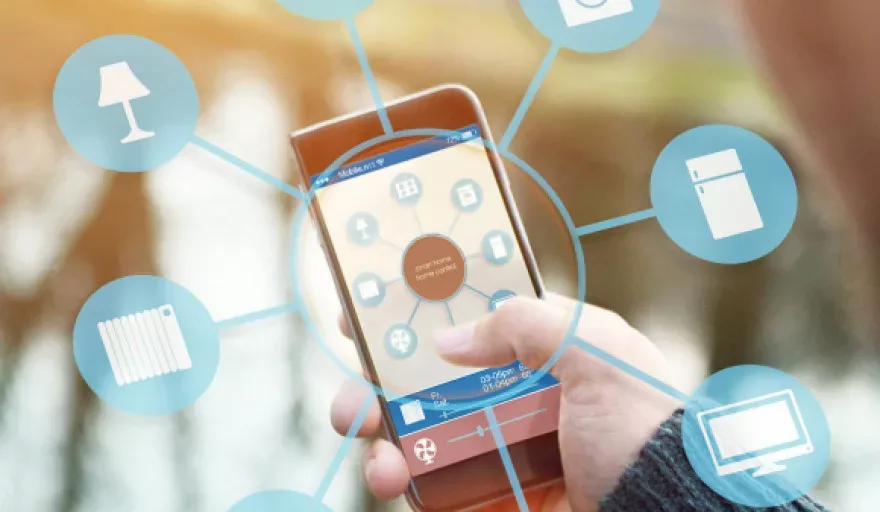Power management will be a critical element of the future programmable world, where some-50 billion devices will be connected by 2025. SK Telecom and Nokia Networks have taken a concrete step towards this future, showcasing IoT connectivity with a new modem power saving mode, trialled for the first time in South Korea.
An over-the-air trial was conducted in a test bed at SK Telecom’s network technology R&D centre, using Nokia’s Flexi Multiradio 10 base station and IoT devices provided by GCT Semiconductor. In essence, low power IoT technology streamlines device operation to essential capabilities, and switches to power saving mode when there is no data transmission needed, thus enabling significant reduction in power consumption.
This technology will allow manufacturers to reduce modem complexities and cut costs, with a product that boasts an extended battery life. With power saving mode activated, location-tracking devices, or data-collection devices that monitor water or gas usage, are able to run for more than a decade without a power supply or battery replacement.
Jin-hyo Park, Senior Vice President and Head of Network Technology R&D centre, SK Telecom, said: “With this trial, we have successfully verified the capabilities of our IoT technology in resolving challenges posed by power supply and inefficient battery use, which are obstructing the widespread adoption of IoT devices. In collaboration with Nokia Networks, we will continue to push the boundaries for IoT and pave the path for broader application of services powered by this next-generation technology.”
Andrew Cope, Head of Korea, Nokia Networks, added: “This achievement, a country-first, adds another important dimension to our relationship with SK Telecom as we set the pace for the telecommunications industry in Korea. Moreover, it underlines our focus on setting the platform for the global adoption of LTE as a technology-of-choice for IoT, evolving to NB-LTE for IoT in the future, as we head towards a world where everyone and everything is connected. This marks yet another step forward on Nokia’s goal of bringing NB-LTE to life.”



































